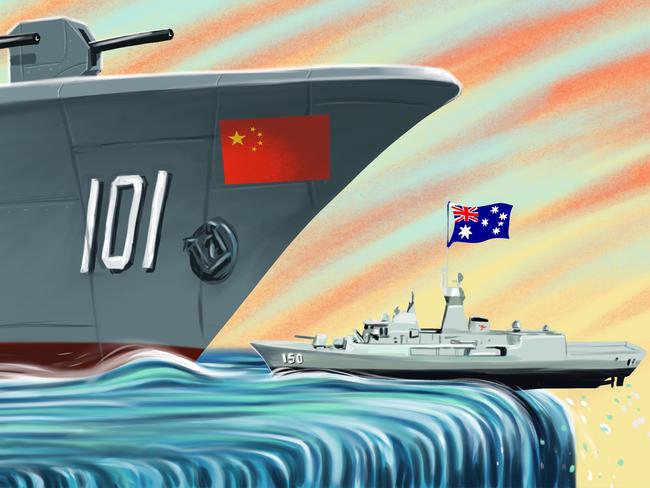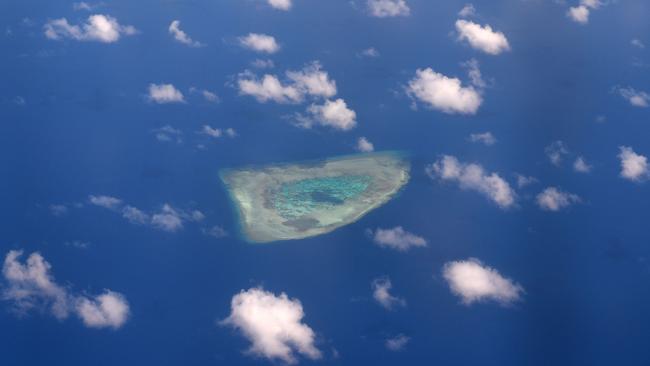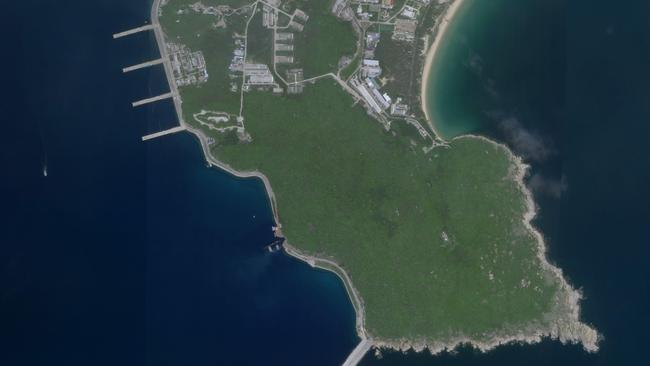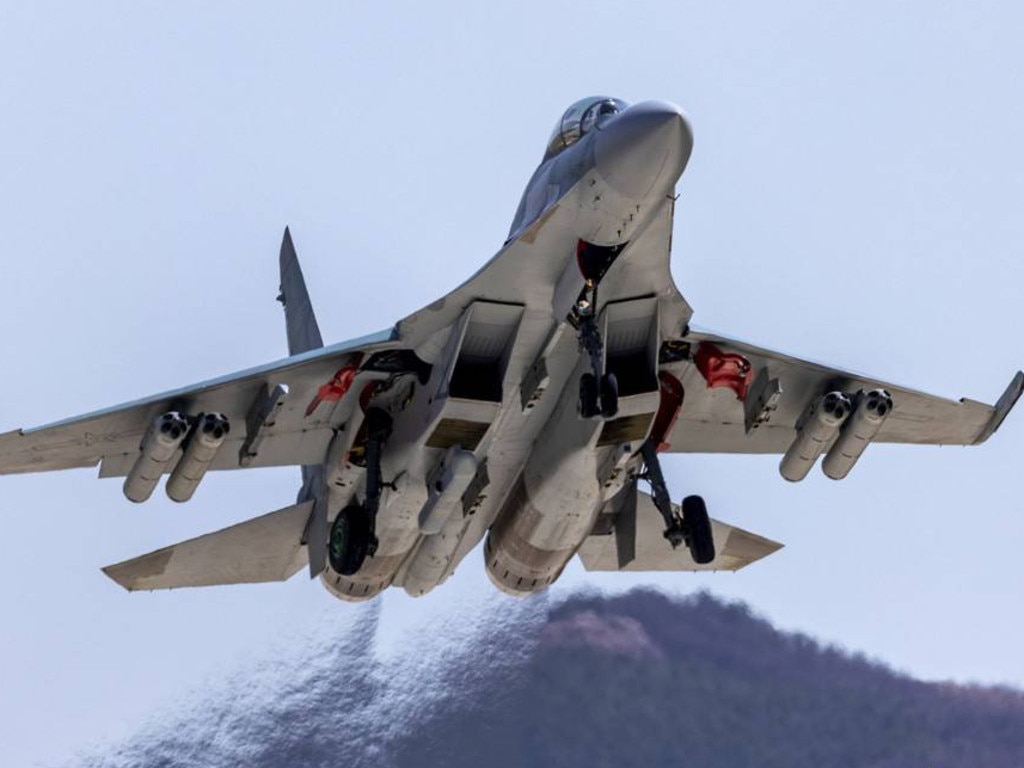The Chinese navy’s great leap forward
Remember when Xi Jinping promised not to militarise artificial islands in the South China Sea? They’re now home to an array of advanced military equipment.

First by stealth, then by degrees, and now by great leaps, China is building a blue water navy and a network of bases to extend its military and political influence. A new secret Chinese military base in Cambodia ought to wake up America’s political class – including the US Navy brass – to what is fast becoming a global Chinese challenge.

The Washington Post on Monday cites Western officials about the facility under construction at Cambodia’s Ream Naval Base on the Gulf of Thailand. The Journal reported in 2019 that Cambodia and China had secretly agreed to let the Chinese military use a naval base in the Southeast Asian nation. China and Cambodia denied it at the time.
But now China is building a naval facility for its exclusive use “and taking extraordinary measures to conceal the operation,” according to the Post. The Cambodian government is denying the latest report, and that’s no surprise. The Cambodian constitution bans foreign military bases inside the country’s borders, and the presence of the Chinese forces could stir a nationalist backlash. China’s naval base also won’t please Cambodia’s Southeast Asian neighbours, including Thailand, which has been a major non-NATO ally of the US since 2003, and Vietnam, which has had a tense relationship with China.

Beijing has a long history of lying about its military intentions. Recall Chinese President Xi Jinping’s promise that he wouldn’t militarise the artificial islands in the South China Sea it developed during Barack Obama’s Presidency. The islands are now home to an array of advanced Chinese military equipment.
Earlier this year China and the Solomon Islands in the South Pacific signed a security pact. Both governments deny that the agreement will lead to a Chinese base or permanent presence, but China operates in stages until one day the world learns there’s an operating base. The Solomons aren’t far from Australia and are near important commercial shipping lanes.
Chinese Foreign Minister Wang Yi recently took an eight-country tour through the South Pacific to drum up support for a security and development agreement. The Pacific countries rejected a formal accord, but China will be back with more money and other promises. China wants to dominate shipping lanes that have long been guaranteed by the reach of the US Navy.

China wants a global network of bases that would make it easier to project power. The PLA already has a base in the East African nation of Djibouti. Gen. Stephen Townsend, head of US Africa Command, told Congress in March that Beijing also wants a base in West Africa on the Atlantic Ocean. The Journal reported last year that US officials suspect China wants a base in the United Arab Emirates, though construction stopped after Washington intervened.
China’s strategic goals here are political, economic and military. Beijing has long taken a mercantilist view of natural resources and doesn’t trust normal commercial trading rules. Like Japan in the 1930s, Beijing believes that a far-flung base network is necessary to guarantee the supply of oil, minerals and other raw materials in case of sanctions, global shortages or conflicts.

Military bases are also a form of potent persuasion for smaller nations sceptical of Chinese intentions. Bases make it easier to monitor US ship movements and threaten US installations in Guam and elsewhere in the event of a conflict. A base network will also help China deploy and utilise its own version of the US satellite Global Positioning System.
The proliferation of PLA bases is being matched with an ever-growing Chinese navy. The US is heading in the opposite direction, with 297 ships and plans to fall to 280 by 2027. China has 355 and is headed to 460 by 2030. Beijing relies on smaller vessels, but it will soon launch an advanced aircraft carrier that will let it project air power abroad.
Some in Congress seem aware of this relative US naval decline, but the US Navy and Pentagon don’t seem alarmed. They should be. The Chinese military is advancing around the world, and the best guarantee of keeping the peace is a US military and Navy that can reassure allies and deter the hawks in Beijing.






To join the conversation, please log in. Don't have an account? Register
Join the conversation, you are commenting as Logout